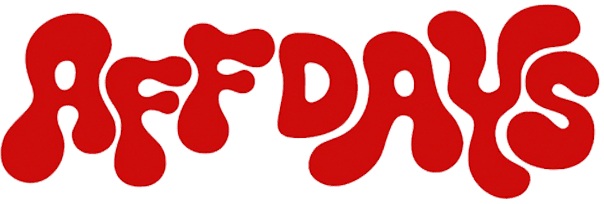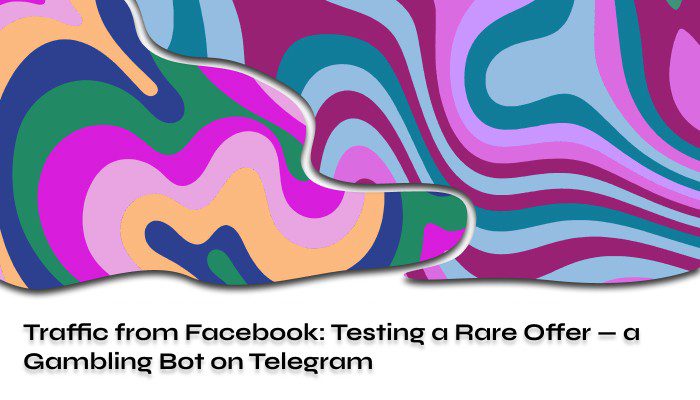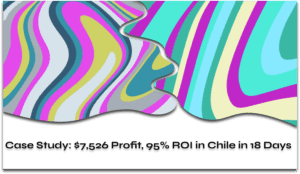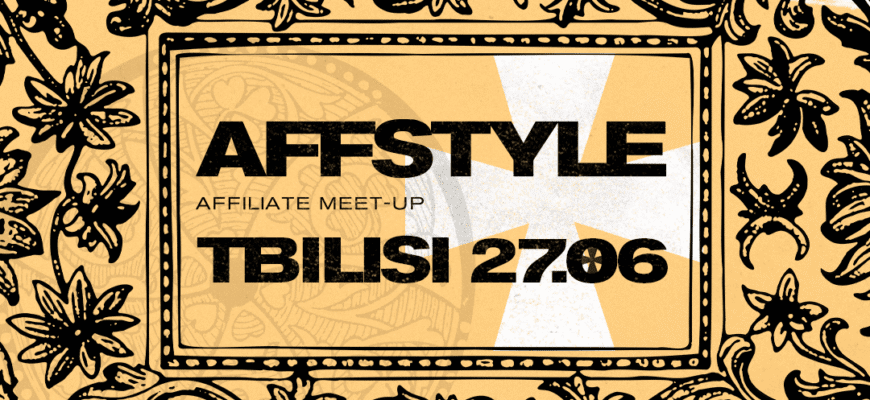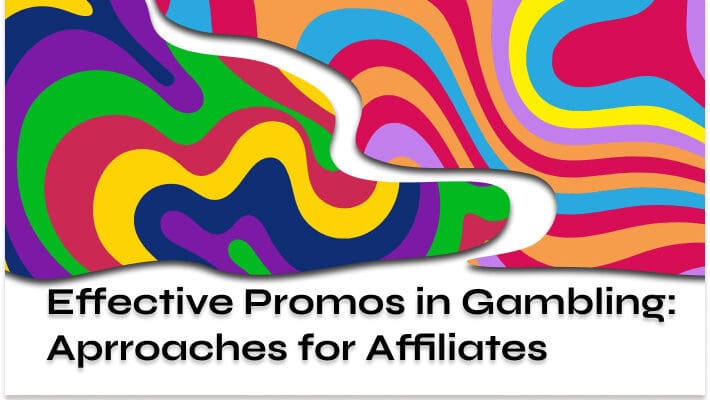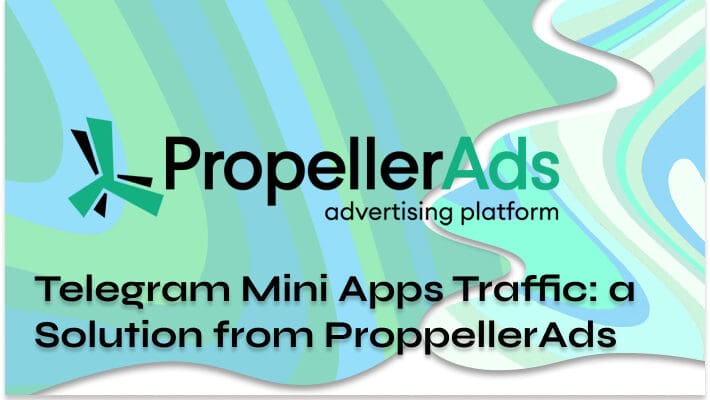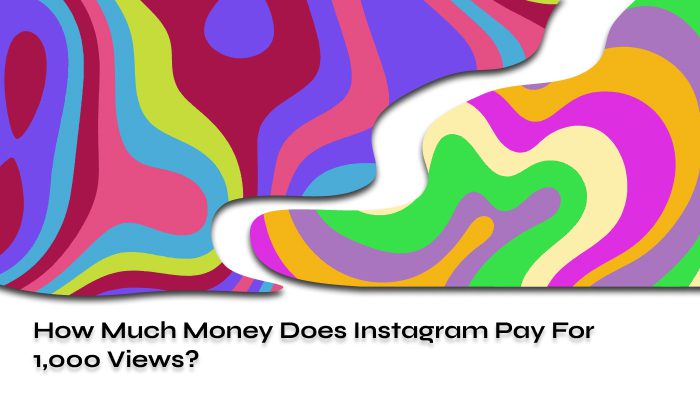Hi there! One of our readers sent us a case of driving traffic to a gambling offer. Here are the advertising campaign details.
- Period: 02.03-31.03;
- Offer: Telegram bot from SODA Services;
- Payment model: Revenue Share;
- Rate: 90% of the Revenue Share;
- Traffic Source: Facebook;
- Country: India.
There is no point in telling about setting up the campaign or from which accounts they were running it. This article is for those who already know everything about Facebook marketing and even about getting your adult creatives approved on this platform.
By the way, we have a fantastic article on how to submit a policy appeal properly on Facebook if you are struggling with submitting one.
Straight to the Actual Campaign
A casino game that can be accessed through an iGaming Telegram bot was a new and rare offer that the team chose for testing.
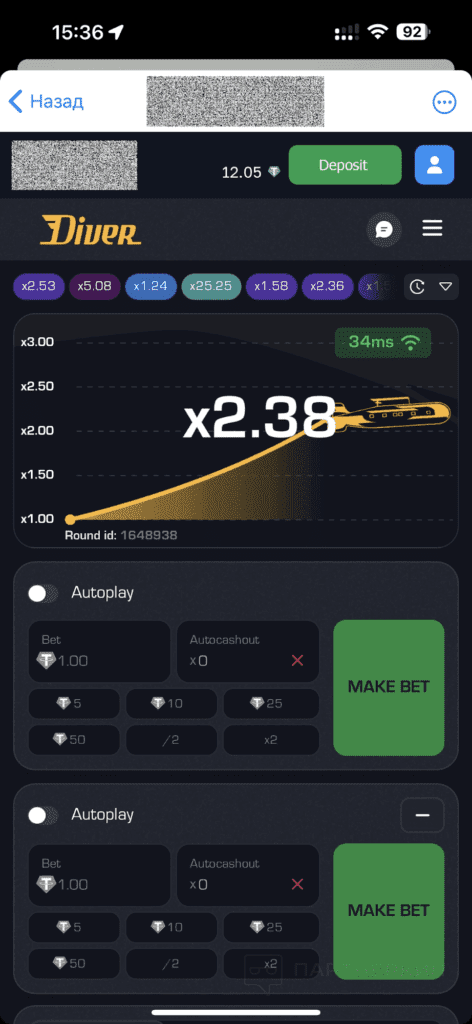
They ran into a problem right off the bat. After the first few days of the advertising campaign, they got hit hard with a massive loss. The bot was a ready-made “turnkey” solution, and the only payment method available was cryptocurrency. They managed to get relatively cheap registrations from the beginning — about $2.4 per registration in the first three days. The percentage of registrations to first-time depositors (reg2dep ratio) was still terrible. The cost of the first deposit (FD) was astronomical for this geo, totaling over $79 in the first three days.

Finally, on the fourth day, they managed to find an approach that significantly improved the reg2dep ratio and reduced the cost of FD by using crypto-related markers in the promo materials that resonated with an audience familiar with cryptocurrency. They also replaced the pre-landing page with something different from the standard one, specifically tailored for traffic from Telegram.
After they found the right approach, they allocated the budget more or less evenly across the days. On the last day of the month they stopped the campaign.
During this period, they spent just over $15,000, excluding agency fees and expenses, while users brought them $13,000 in revenue in the first month of active traffic. The results were pretty decent, but the team decided to go further by keeping an eye on how the traffic would perform on this bot in the long run. It was not very clear what they were going to get in the end, since there were days when they were losing more than $1,000 with the revenue share model.
After stopping the campaign, they noticed that users continued to arrive despite no longer purchasing Facebook traffic. It turned out that the built-in referral system kept running (it had actually been working the whole time, but they hadn’t noticed it during the campaign due to the sparse stats). Once they realized that, they found that out of 723 first depositors, a total of 212 first depositors were brought in by other users over the entire period.
The final statistics at the end of April showed the following result (April’s FD breakdown was approximately 40/60%, referrals/fresh users):

The following problems became clear:
- Data scarcity in the solution. They simply couldn’t see how many users were coming through referrals and didn’t realize that they were losing money on some days because some users would win or lose sporadically.
- Lack of regional payment methods. This significantly reduced the audience size and increased the cost of FD during the campaign.
- Absence of a familiar bonus system for gamblers.
As for the positives:
- The crypto audience turned out to be more engaged and profitable than the one they had seen before in this geo.
- All the users who came through referrals belong to them, not to the casino product.
- A great revenue share — it’s like having their own casino.
If you are an advertiser who works with Facebook Ads, you might want to learn about Net 30 payments which was introduced by Facebook.
